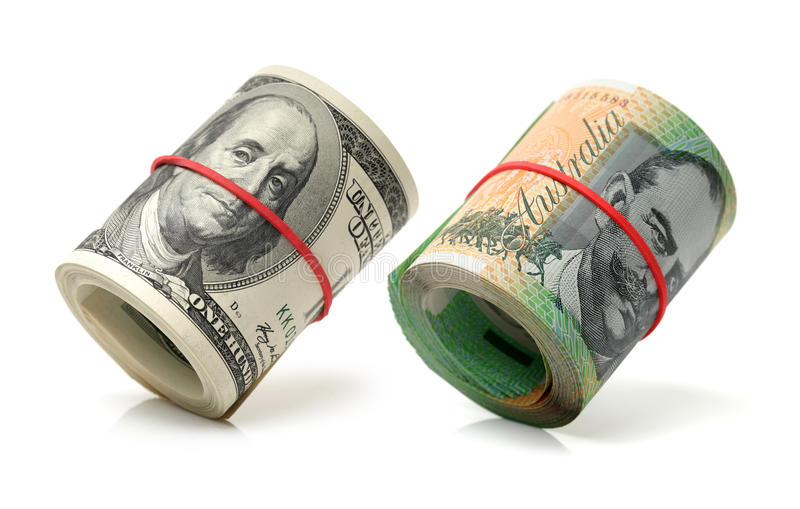Australian dollar halted its losses following the announcement of China Manufacturing PMI.
The Australian Dollar (AUD) remains stable as the Caixin Manufacturing PMI from China rose to 51.8 in June, surprising expectations of a drop to 51.2 from 51.7 in May. Because China and Australia are close trading partners, any changes in the Chinese economy may have an impact on the Australian market.
Australia Manufacturing PMI fell for the fifth consecutive month, to 47.2.
The Australian Dollar fell as investors’ sentiment deteriorated following data showing that Australia’s June manufacturing PMI declined at the highest rate since May 2020.
The market now looks to the Reserve Bank of Australia’s (RBA) impending policy meeting minutes on Tuesday for clues on monetary policy direction.
The US dollar falls as recent inflation data boosts the likelihood of Fed rate cuts in 2024.
The US Dollar (USD) falls due to increased predictions that the US Federal Reserve (Fed) will cut interest rates in 2024. The CME FedWatch Tool shows that the possibility of a 25 basis point Fed rate drop in December has grown to approximately 32.0%, up from 28.7% a week ago.
Daily Market Movers: Australian Dollar Holds Ground Following Stronger China’s PMI.
The Australian Dollar (AUD) remains stable as the Caixin Manufacturing PMI from China rose to 51.8 in June, surprising expectations of a drop to 51.2 from 51.7 in May. The Judo Bank Australia Manufacturing PMI fell for the fifth consecutive month in June, to 47.2 from 49.7 in May. This is the fastest fall since May 2020. Australia’s 10-year government bond rate increased beyond 4.4%, as A strong inflation reading spurred speculation that the Reserve Bank of Australia could hike interest rates again at its next meeting in August.
NBS China’s Manufacturing PMI remained at 49.5 in June, meeting market expectations and marking the second straight month at this level. This result represents the fourth incidence of contraction. Meanwhile, the Non-Manufacturing PMI dropped to 50.5 from 51.1, falling short of market forecasts of 51.0. Despite the 18th straight month of service sector expansion, this is the slowest growth rate since December.
On Friday, the US Bureau of Economic Analysis revealed that US inflation fell to its lowest annual rate in more than three years. The US Personal Consumption Expenditure (PCE) Price Index rose by 2.6%.
In May, year-over-year growth was down from 2.7% in April, reflecting market forecasts. Core PCE inflation also increased by 2.6% year on year in May, down from 2.8% in April, in line with expectations.
Reserve Bank of Australia (RBA) Deputy Governor. Hauser said it would be a “bad mistake” to base policy on a single inflation report.
Andrew Hauser is the Reserve Bank of Australia (RBA) Deputy Governor. Hauser said it would be a “bad mistake” to base policy on a single inflation report. He noted that there is still a slew of economic data that will necessitate in-depth research, according to Bloomberg.
Last Monday, the Australian Bureau of Statistics reported that the monthly Consumer Price Index (CPI) rose by 4.0% in the year to May 2024, up from 3.6% in April and beating market expectations of 3.8%. This represents the highest level since November 2023.









